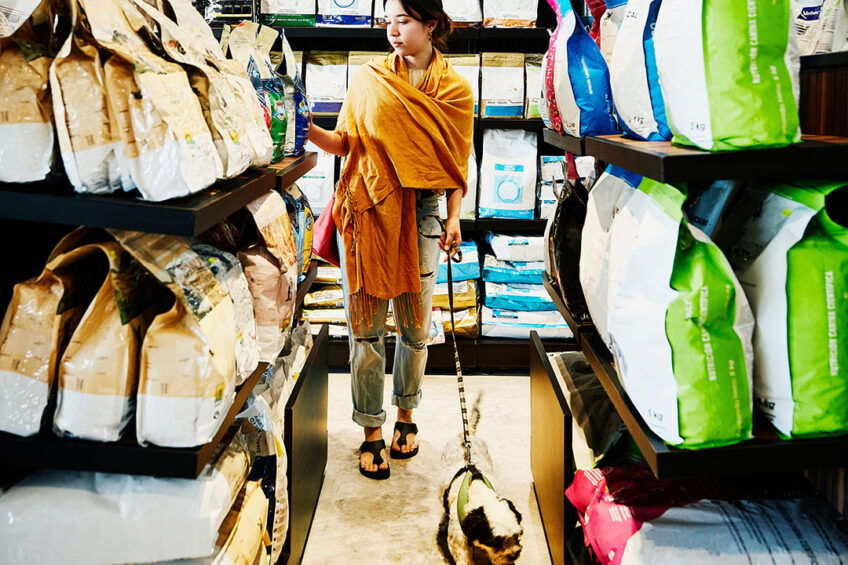Top 6 challenges in pet food and pet treat packaging

The quality of packaging for food and treats is an important factor affecting the purchasing decisions of pet owners. This article will discuss the top 6 challenges in pet food and pet treats packaging.
Sustainable packaging challenges
The pet food industry produces an estimated 300 million lbs. of plastic pet food and treats bags per year within the US alone, and only about 1% of that packaging has an end-of-life solution that doesn’t include the landfill. Sustainability is an essential factor affecting pet feed purchases and decisions. However, the challenge for manufacturers is that sustainability often conflicts with some packaging trends. Environmentally friendly packaging materials may not deliver optimal quality, durability, and food safety features and smaller or single-serve packaging may add to the waste problem rather than solving it. Improving package recyclability, providing clear recycling instructions for consumers, and encouraging participation in recycling programmes are alternatives to address sustainability concerns.
Other solutions to improve sustainability include figuring out ways to break down pet food packaging and reuse it to develop various types of pet products such as beds and toys.
Transportation challenges
The bottlenecks stifling transportation have been developing for years. One of the challenges that feed manufacturers are facing is the shortage of cargo containers to move bulk pet food and treats packaging materials. In addition, ships are getting larger which means more cargo needs to be unloaded; however, there is less space for them to dock or turn around. In addition, there is a need for modern cranes to operate at higher speeds. Furthermore, there is a shortage of truck drivers and although increasing wages may ease the shortage, skyrocketing fuel prices continue to plague the sector.
Supply chain challenges
Supply chain is the foundation of the pet food industry; however, the fragility and complexity of the supply chain require manufacturers to find inventive solutions to address occurring issues. Supply chain disruption due to limited supplies of packaging materials, primarily glass, containerboard, cardboard, and aluminium is one of the challenges affecting the pet food and treats packaging industry.
In addition, the short shelf life of pet food products requires an efficient global logistics system. Although the unpredictable fluctuations in demand increase the risk of overstock or shortages, thus impacting profitability and sustainability.
Peroxide value challenges
Peroxide value challenges also known as rancidity of ingredients challenges can strike during any step of the pet food and treats production process including raw products, production, and packaging. Rancidity occurs when fats and oils in pet food start to oxidise causing an off odour or foul taste in ingredients and finished products. Exposure to light, heat, microbial enzymes, and oxygen can result in lipids oxidising and turning rancid. When pet food is more processed, it is a higher risk for rancidity.
A rancid product may be fit for consumption from a microbial, textural, and visual aspect, but if the flavour or odour is off, a pet will likely refuse to eat the product. Furthermore, releasing a rancid product into the marketplace causes negative customer experiences and brand damage.
Premium package quality
Pet owners prefer to buy premium quality pet food and treats which require premium quality packaging to protect and preserve the contents. Proper packaging features that make the packaging easy to open and reseal after consumption are an important indicator of a premium product. If pet food and treats are stored in the original package, they stay fresh for a longer time. However, about half of pet owners that purchase premium pet food complain that they struggle to properly reseal the bag between feedings, thus increasing the risk of compromising freshness.
Constant labour challenge
It is predicted that by the year 2050, the global population will reach around 10 billion people. Due to the increase in the world population, income, and urbanisation, the number of companion animals and the annual growth rate of the pet food industry is rising, as well. As a result, the labour shortage challenges are becoming more prominent in pet food and treats packaging. The labour shortage leads to production issues for some packaging plants, causing them to run below capacity.
* Reference is available upon request.











